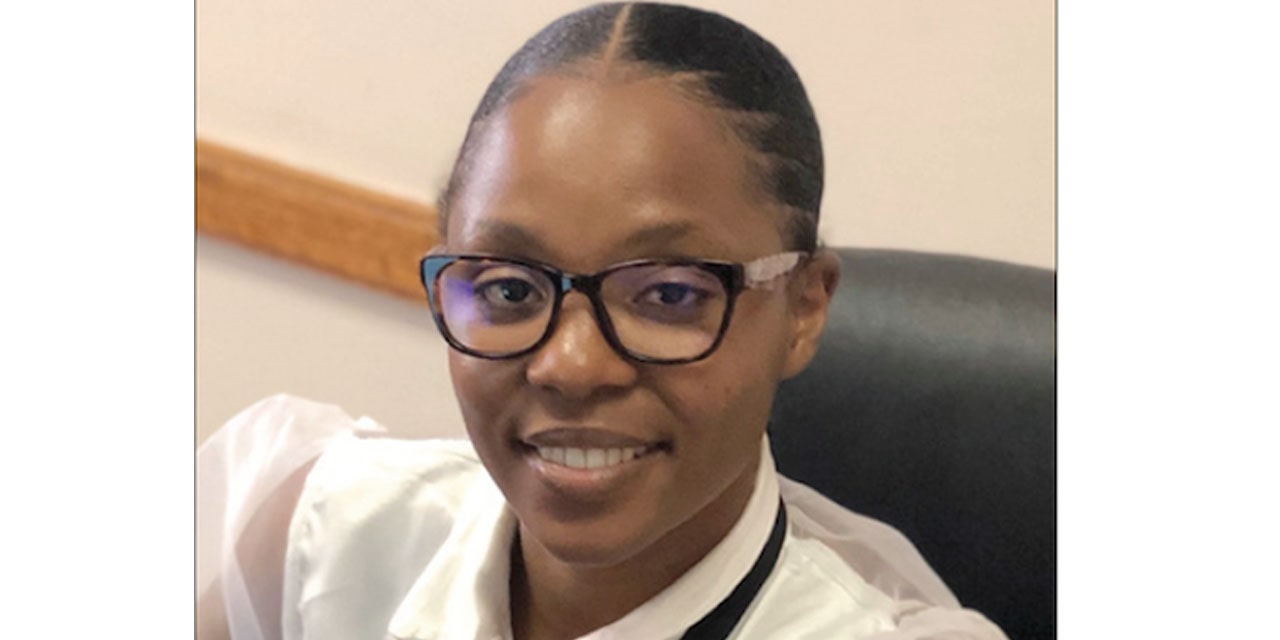Martin Endjala
The Government of Namibia has been praised for faring well concerning child protection despite its highs and lows, the country is said to be a work in progress and as well on track.
The Day of the African Child Day is remembered every year on the 16th of June, and this year’s celebrations will be taking place in Rosh Pinah in the //Kharas Region.
The day is being commemorated under the theme of the Rights of the Child in the Digital Environment.
Nduminga Ndala, who is the Youth Leader for the Landless People’s Movement Party believes that Namibia is a work in progress but it is definitely on the right track.
She highlighted that Namibia is party to a lot of international treaties that regulate the well-being of children and in addition to that, it has a comprehensive legal framework regulating children’s issues such as the Child Care and Protection Act of 2015 which is the primary legal instrument protecting Namibian children’s rights, safety, and physical, intellectual, and emotional well-being.
She said that Namibia has established children’s courts that provide a haven for children when they are subjugated to court proceedings.
However, despite the comprehensive legal and policy framework, Ndala noted that issues about the safety and protection of children remain prevalent and persistent thus there is a need for more collaborative efforts to ensure that children are safe and their well-being is protected.
The International Day of the African Child has been celebrated on June 16 every year since 1991, when it was first initiated by the Organisation of African Unity.
It honours those who participated in the Soweto Uprising in 1976 on that day.
It also raises awareness of the continuing need for improvement of the education provided to African children.
In Soweto, South Africa, on June 16, 1976, about ten thousand black schoolchildren marched in a column more than half a mile long, protesting the poor quality of their education and demanding their right to be taught in their vernacular language.
Hundreds of young students were shot, the most famous of which was Hector Pieterson. Sadly, more than a hundred people were killed in the protests of the following two weeks, and more than a thousand were injured.




